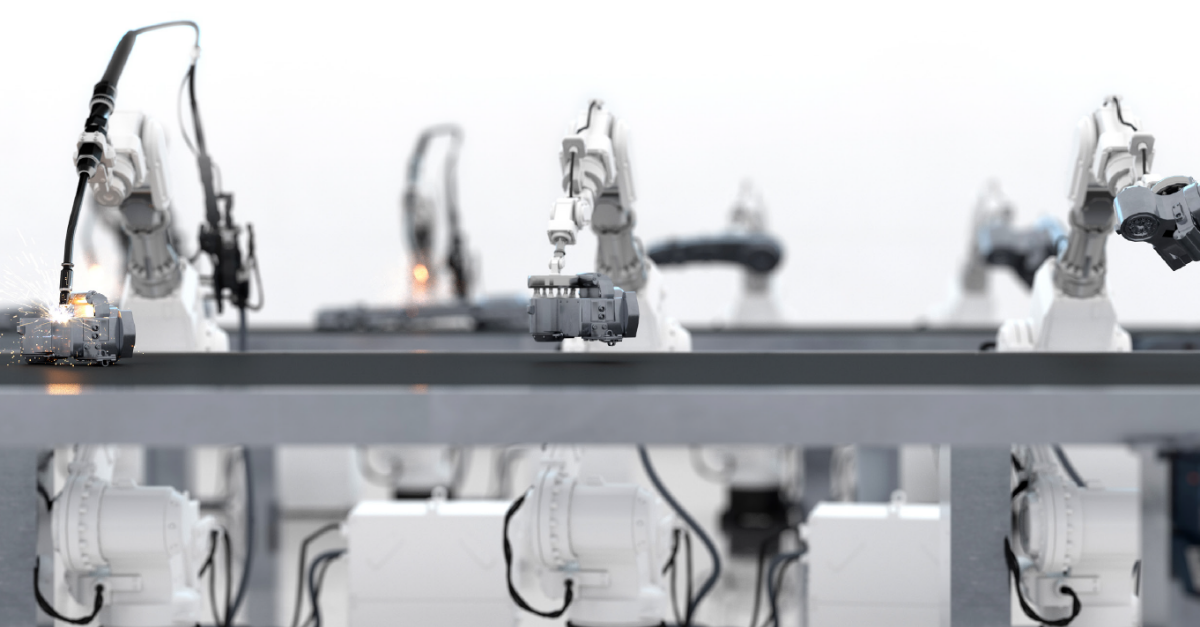Let's just say what we're all thinking: 2020 was rough. It threw pretty much every element of our lives into disarray, and we suddenly had to become experts at navigating a new way of working, schooling and socialising. It was disruptive, and it was challenging, but it was also transformative. While the past 12 months might have felt like 12 years, it's time to look forward to what the future holds. If 2020 was the year of disruption, 2021 will be the year of mastering change.
The medical device industry is no stranger to change, but in the face of a global pandemic's impact on business, many medical device manufacturers faced immense obstacles. The pressure to keep up with emerging technologies transformed a demand to shift entire production lines to meet medical device demand for critical equipment. The medical device industry emerged from 2020 a little beat up and bruised, but those that were able to adapt successfully will act as models for 2021 and beyond.

In the full article linked below, SeerPharma's business partner MasterControl explores the following key topics:
Market Demands Increase Pressure to Be Agile
The novel coronavirus and the disease it causes, COVID-19, put the medical technology industry at centre stage with an unprecedented need for critical supplies and required a recalibration across the entire value chain to serve health care’s most acute needs. As manufacturers adapted with agility to fulfill skyrocketing demand for products like ventilators and other medical equipment, the shift underscored the need for manufacturers to be nimble and scalable to accommodate a rapid shift in demand and changing environments. While some companies were able to adapt quickly, others found themselves struggling in the face of massive upheaval.
Adapting to Consumer Expectations with a Renewed Focus on Quality
In 2020, how we ordered food, consumed entertainment and conducted business meetings seemed to change overnight. In areas of health care and medical technology, people have come to expect virtual health care appointments via telehealth and wearable technologies for remote monitoring. In short, the pandemic intensified existing digitisation trends and highlighted consumer expectations of products and services – that they be delivered faster and served in a digital-first format.
Connecting Operations Without Endangering Employees
COVID-19 has accelerated new ways of working, chief among them a shift to digital interactions and workforce agility. Recent data show that we have vaulted five years forward in consumer and business digital adoption in a matter of around eight weeks during the global pandemic. According to Forrester, 18 million U.S. workers will work from home in the wake of the pandemic. By 2024, 50% of factory work is expected to be done remotely, according to Gartner research. Yet critical gaps remain where paper-based processes hinder visibility and efficiency on the shop floor, where pen and paper are used to track vital manufacturing steps and spreadsheets are used to maintain data.
Increased Regulatory Pressure to Modernise Systems
The 21st Century Cures Act, signed into law in December 2016, gave the U.S. Food and Drug Administration (FDA) the tools to begin modernising regulatory programs. Since the Cures Act passed, the FDA has made several updates to help accelerate the development, assessment, review and surveillance of medical devices.
Submit the form below to access the full MasterControl article Vital Signs of the Medical Device Industry: 2021 Medical Device Industry Trends.
